RE.UNIQLO STUDIO

RE.UNIQLO STUDIO Locations
RE.UNIQLO Services such as Repair and Upcycle are only available at the RE.UNIQLO Studio store locations below. These services are not available at all UNIQLO stores.

Manhattan, New York
UNIQLO SoHo
Locate Store
Manhattan, New York
UNIQLO 5th Ave
Locate Store
Orlando, Florida
UNIQLO Disney Springs
Locate Store
Houston, Texas
UNIQLO Memorial City
Locate Store
Dallas, Texas
UNIQLO Galleria Dallas
Locate Store
San Diego, California
UNIQLO Westfield UTC
Locate Store
San Jose, California
UNIQLO Westfield Valley Fair Mall
Locate StoreRepair Menu
We offer stitching, patching, taping, or button replacement on select UNIQLO items - all for just $5. Please make sure your items are washed, cleaned, and stain-free before handing them off for repair*.
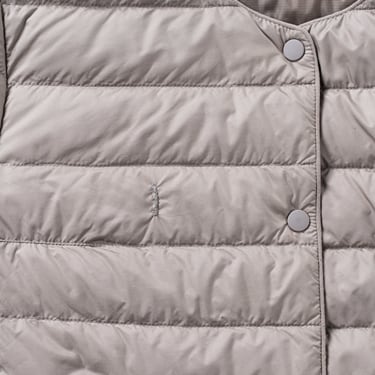
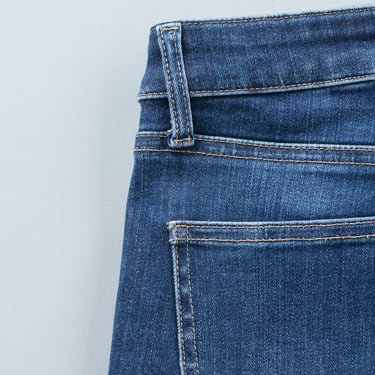


UNIQLO Upcycled
Created by expert upcyclers unsellable items are transformed into stylish, one-of-a-kind pieces available for purchase today. Only available through our RE.UNIQLO Studios at UNIQLO SoHo and 5th Ave.
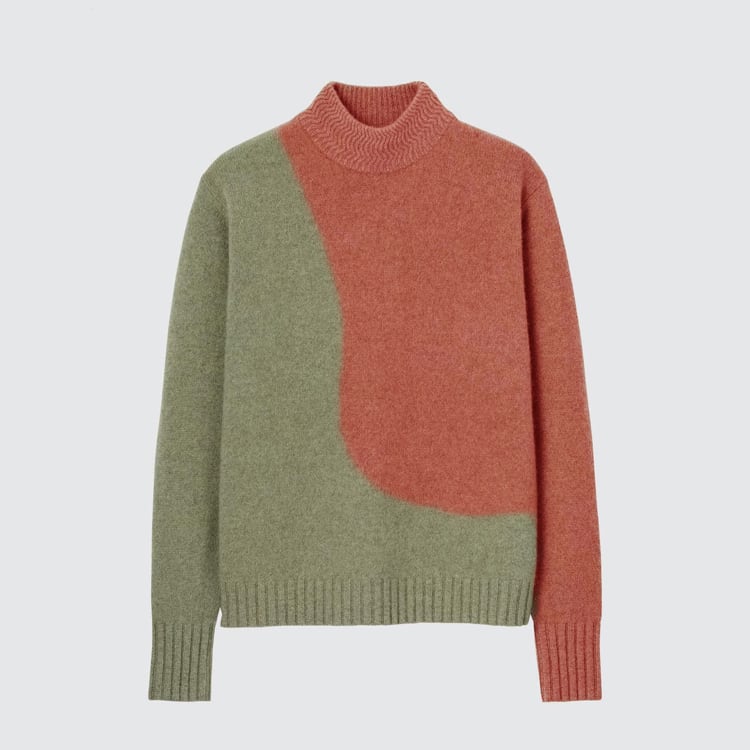

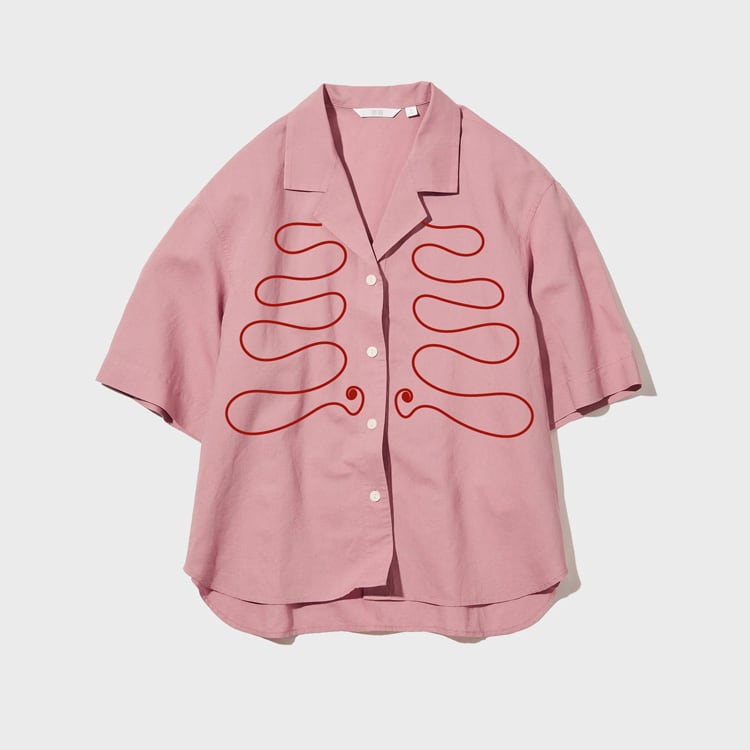
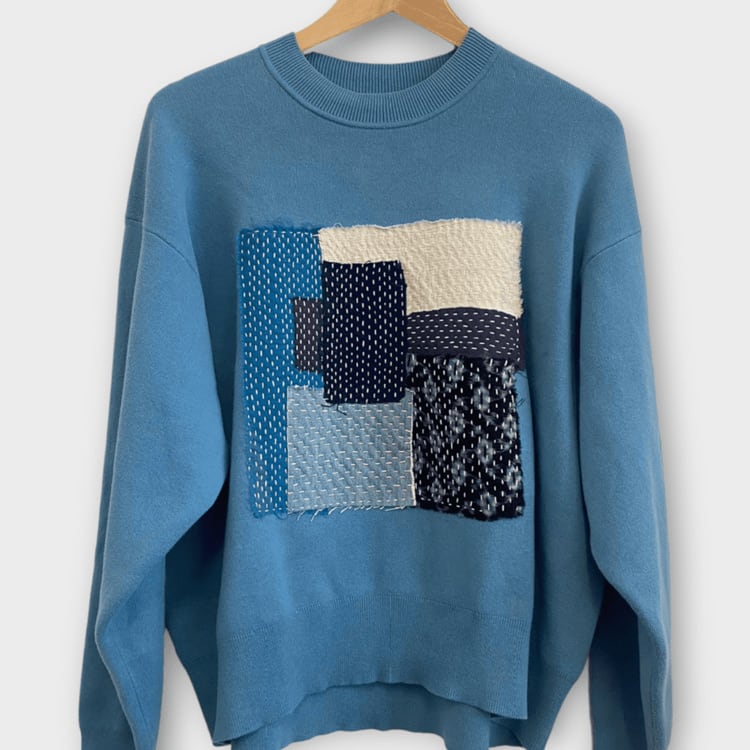
*Prices vary. Upcycled pieces are final sale and are not eligible for returns or exchanges.
Embroidery Service
Customize your pre-owned or new UNIQLO products with our brand new Embroidery Service, now available through all our RE.UNIQLO Studios.

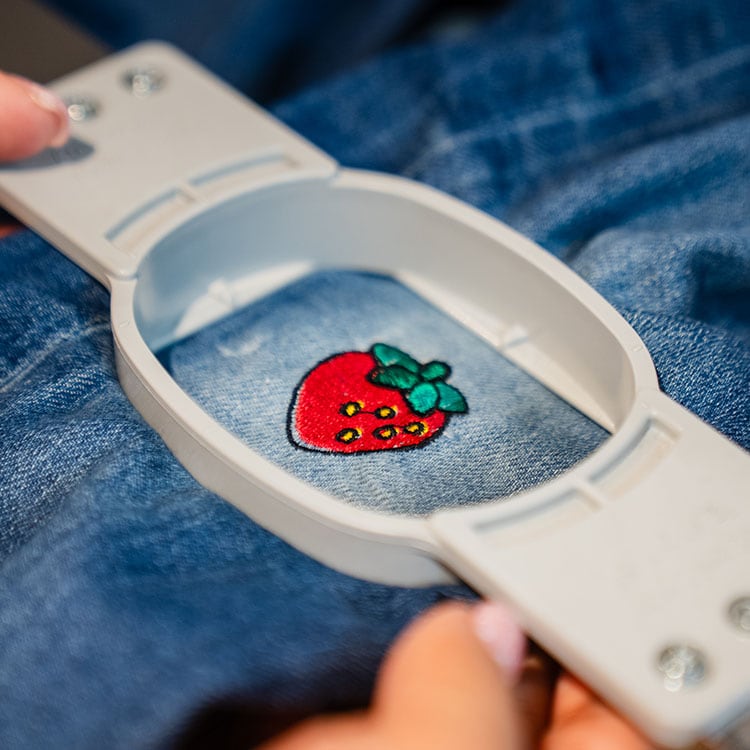
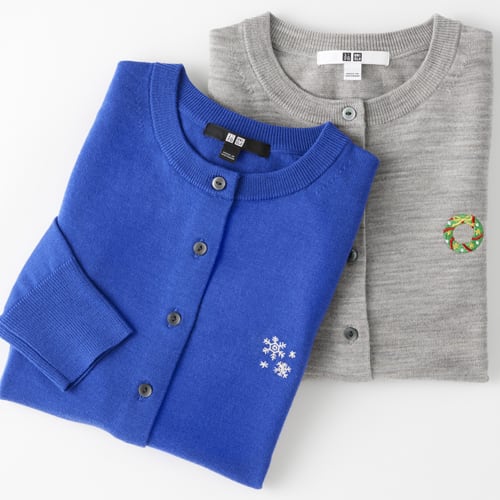
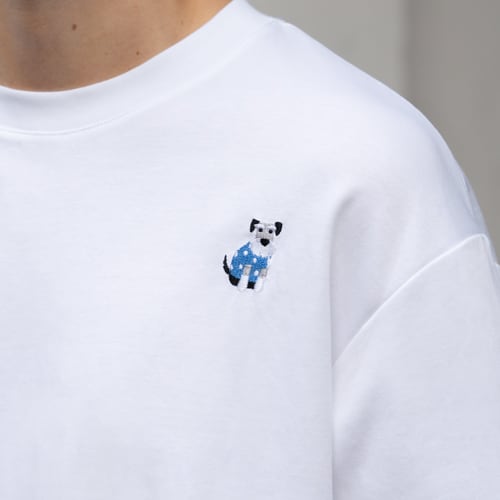
Choose from a variety of icons, texts, and special local NYC, Texas, San Diego, and Orlando quintessential designs to create a one-of-a-kind piece that suits your style. You can view a booklet of all of our embroidery designs linked here.
Click below to view exclusive city-specific embroidery designs:
Prices range from $10 - $20. Embroidery can be done on most UNIQLO products, excluding select special collaborations, products made from nylon, and some accessories. The full list of ineligible products can be found on our FAQ page.
Disney Embroidery
Now At RE.UNIQLO Studio
Discover iconic embroidery featuring Disney's Mickey Mouse, Minnie Mouse, Donald Duck and Daisy Duck. Transform your UNIQLO favorites into something truly magical.
Partners

Los Angeles, CA
Phillip Yang
Embroidery Designer

San Diego, California
Claudia Rodriguez-Biezunski
Upcycling Designer




